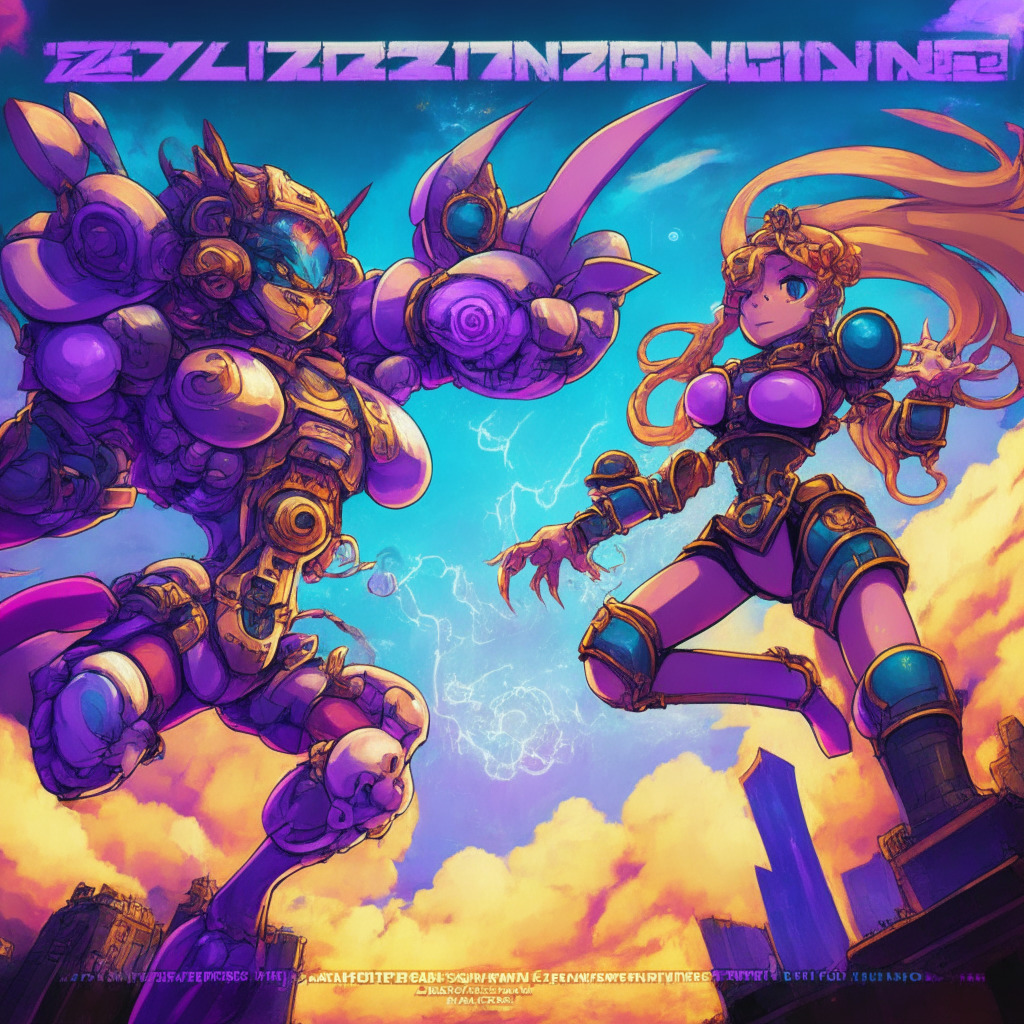Bitcoin Ordinals have recently been given a new lease of life with the introduction of a fresh token standard, BRC-721E, aimed at facilitating the migration of Ethereum-based NFTs onto Bitcoin. This new standard allows for the transformation of Ethereum’s ERC-721 NFTs into Ordinals, which, in turn, permits text, images, and code to be inscribed on a single satoshi. Essentially, users can transfer their favorite digital collectibles straight to Bitcoin from Ethereum by initiating a bridging contract acting as a single on-chain inscription request.
The BRC-721E token standard is a result of a collaboration between NFT collection Milady Maker and Ordinals Market, a marketplace dedicated to the buying and selling of Ordinals. The process involves transferring a user’s NFT to a burn address, rendering their NFT unusable on Ethereum thereafter. Once burned, users can inscribe valid BRC-721E data onto Bitcoin, with the burn process prompting an on-chain inscription request wherein Ethereum transaction data is parsed to find and record any uninscribed burns.
Migrated NFTs consequently appear on the Ordinals Market collection page, complete with their accompanying metadata. While the BRC-721E standard does not initially store metadata directly on the Bitcoin network, it does have the potential for this to change and evolve over time. However, the NFTs’ provenance remains an important point, and as a result, Milady Maker and Ordinals Market offer solutions while the protocol adapts.
Some of these solutions include preserving a less detailed version of the image directly on the blockchain — incorporating a link to the original Ethereum token within the primary image data — as well as using a combined structure of BRC-721 and BRC-721E to provide on-chain information, complete with evidence of the asset’s burning or transfer process. Other approaches involve preserving data with multiple components directly on the blockchain, where one of these components is a valid BRC-721E JSON format data, or utilizing established methods like ‘teleburn’, which requires users to record information beforehand and direct it to an unconventional burn address.
These strategies ultimately suggest ways to embed lower-quality images and key information about digital items on Bitcoin’s public ledger, in an effort to enhance their accessibility and visibility while preserving a link to their original details. BRC-721E’s execution follows the launch of the Ordinal Inscriptions protocol on January 21, which aimed to introduce digital art use cases for the first time to the aging Bitcoin network. So far, the approach has been warmly received, leading to a record-breaking number of transactions on the Bitcoin network. Other initiatives continue to strive for similar success across different blockchains, making this a promising moment for blockchain migration and interoperability in the crypto world.
Source: Blockworks




